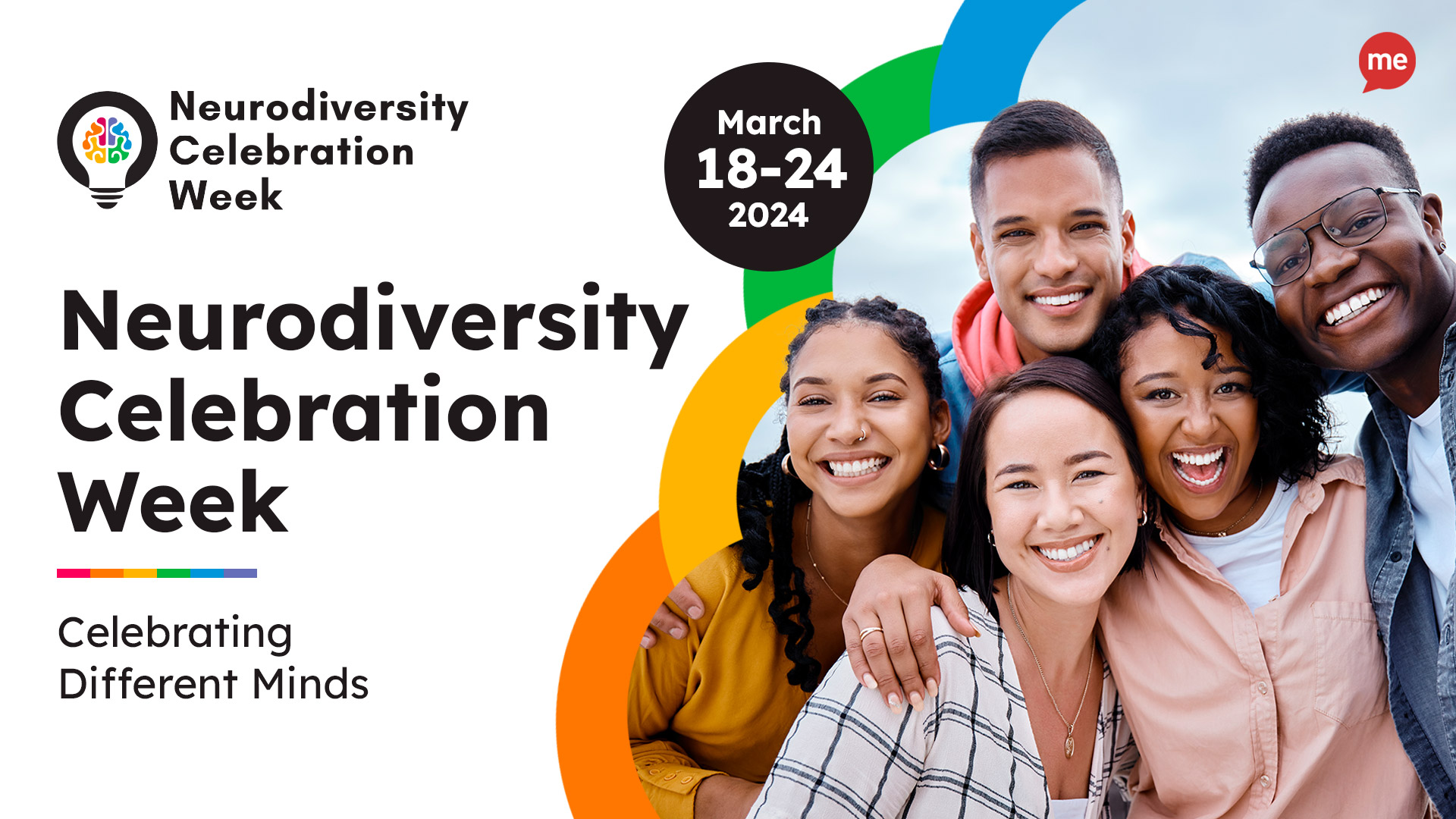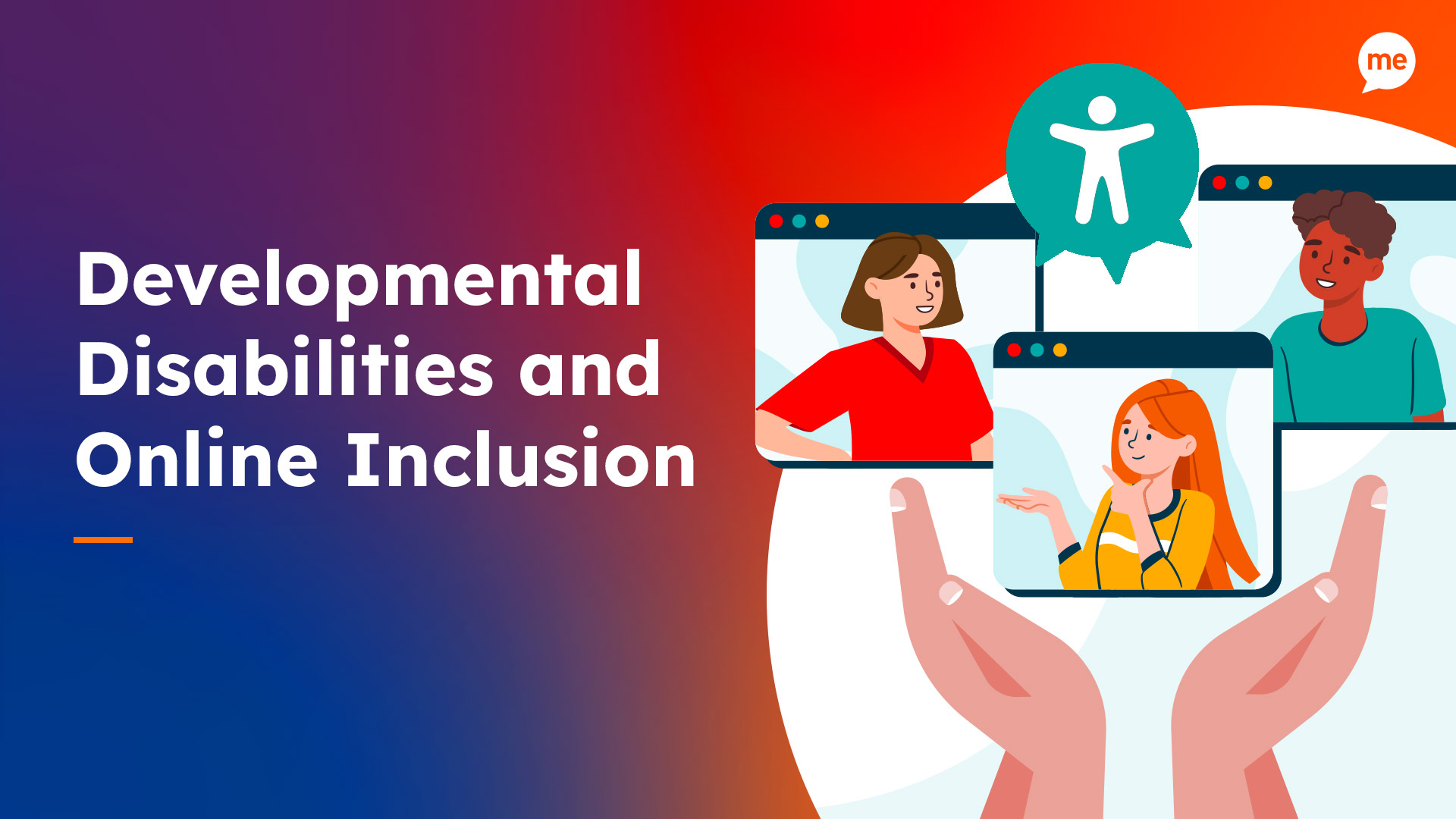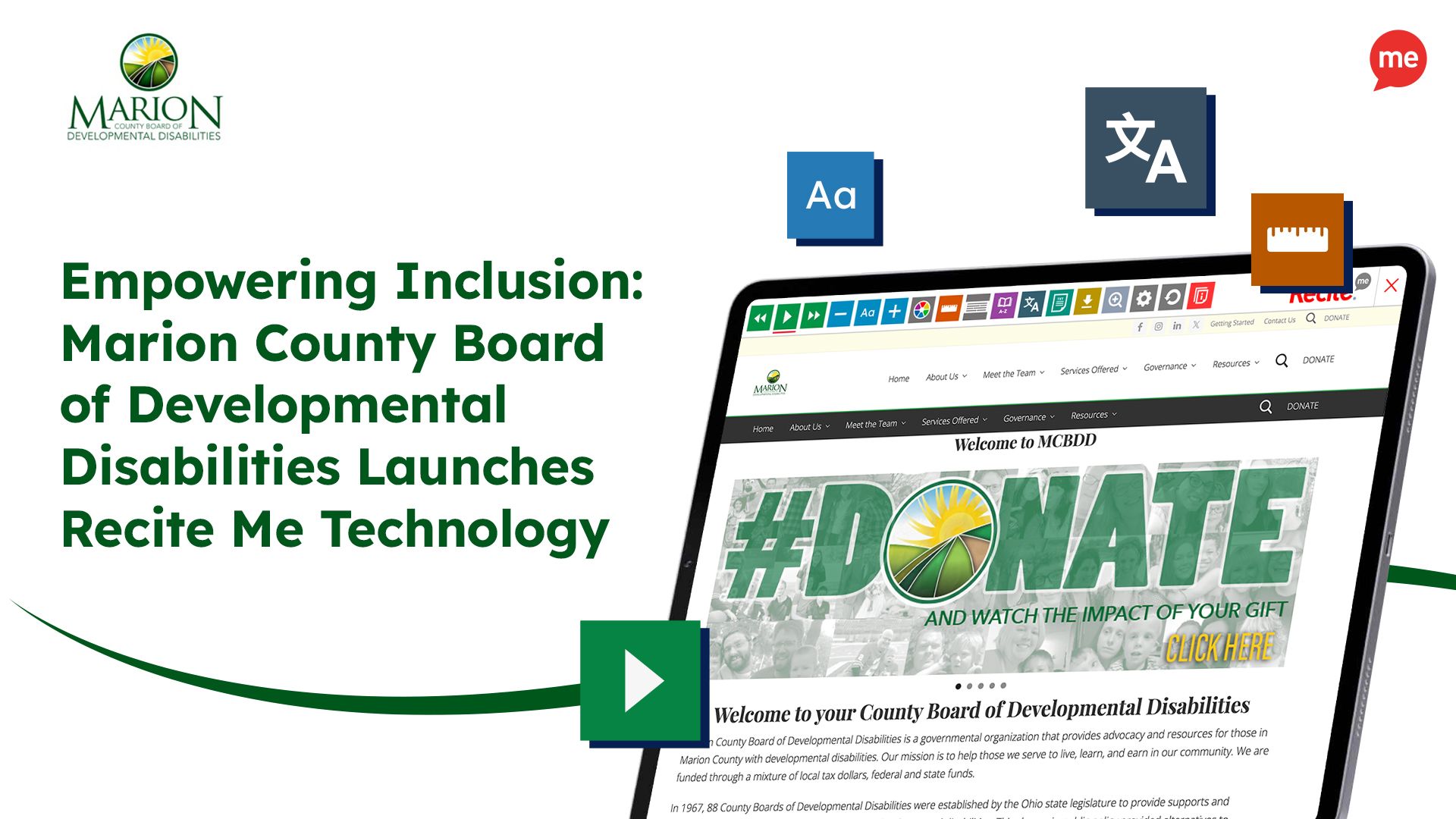Did you know that the deafblind community represents approximately 2% of the world’s population?
Deafblindness is often referred to as ‘dual sensory loss’ or ‘dual sensory impairment’, and is defined as “the loss of sight and hearing to the point where your communication, mobility, and ability to access information are impacted”. Included in this are progressive sight and hearing losses over time.
The National Consortium on Deafblindness estimated that there are approximately 10,000 children (ages birth to 22 years) and approximately 700,000 adults who are deaf-blind in the United States.
“When both vision and hearing are compromised, the combined effects create a barrier that blocks or distorts significant amounts of information. This creates a chronic problem with gathering information throughout an individual’s lifetime. Students cannot learn what they do not detect, and they may be unaware what they are missing.”
Robbie Blaha, Texas Deafblind Outreach
How Deafblindness Affects Everyday Life
Having hearing and visual impairments makes everyday tasks more challenging. In the physical world, deafblind people struggle with a whole range of problems that most of us would not even stop to consider, such as following signage directions, reading menus, or having a conversation in a noisy environment.
In the online world, there are even more barriers as there is no human presence, and therefore nobody to ask for clarification or explanations when there is information that users can’t read or understand. The information is simply either accessible, or it’s not. The scope of issues encountered by deaf-blind web users is varied. For example, a person with decreased vision may struggle with certain fonts or text sizes, whereas someone who is color blind will have problems reading text due to poor color contrast with the background. This is why accommodating a broad spectrum of accessibility needs online is so important, and why the Recite Me assistive toolbar is such a valuable tool.
Deaf-blind Accessibility & Inclusion Online
At Recite Me, we believe that people with visual impairments should have the ability to customize a website and view the content in whatever way works best for them, and there are many reasons for companies to accommodate this requirement. One is simply the moral principle that it’s the right thing to do, as everyone should have the opportunity to be able to access online content. This has become increasingly important in recent months, as with social isolation at an all-time high due to Covid-19, concerns have been raised that deaf-blind consumers could become doubly isolated if they are unable to access all of the information they need online. There are, of course, multiple business benefits of online inclusion too, such as enhancing brand image, extending market reach, and driving innovation.
“Many organizations are waking up to the fact that embracing accessibility leads to multiple benefits – strengthening brand presence, improving customer experience and colleague productivity.”
Paul Smyth, Head of Digital Accessibility, Barclays
In addition to the ethical and corporate arguments for being inclusive of the deaf-blind community, there are various legal requirements too, as it is expected by law that businesses and service providers do not treat disabled people less favorably. Companies that are leading the way with innovations that promote inclusivity for the deafblind include:
Apple – In its latest update for ios14, Apple appears to have focused on aspects that are important to those who are deafblind. New features include a ‘back tap’ function for easier access to favorite shortcuts and sound detection software to alert users to ambient noise like fire alarms. Improvements have also been made to existing features for voice control, headphone accommodations, magnification options, and sign language recognition.
Barclays Bank – The Barclays mobile banking app has been designed with deafblind accessibility in mind and includes features like inverting screen colors and voiceover technology to make information easier to access, along with fingerprint and face recognition for easier access to the app in general. Users can also chat face-to-face using the video banking service whenever they have the app open.
Google – Google’s latest update includes contrast minimums that are important for those who are color blind or have decreased vision. Improvements to the autocomplete feature make writing and typing easier too.
How to be Deafblind Friendly in 2023
So how can you make your website more accessible to the deaf-blind community? After all, not many organizations have the resource and development budgets of the giants mentioned above to custom-build platforms and apps. We encourage all businesses to think about how people with sight and hearing loss interact with their company and consider what adjustments can be made to make their lives easier. Bear in mind that the potential rewards could be significant. In a recent survey, the Click-Away Pound Survey discovered that:
- 71% of users leave a site that they find hard to use.
- For 81% of users, ease of use is more important than price.
- $17.1 billion was spent by consumers in 2019 on sites that were easier to use (up from $11.75 billion in the 2016 survey).
One of the simplest and most efficient ways to optimize your online presence for diversity and inclusion is to install an accessibility feature like the Recite Me toolbar. Recite Me is a cloud-based web accessibility solution that allows users to customize the way they consume a website. For deafblind users, this includes several features that allow content to be perceived either through sound or by enhanced visual means. Users can:
- Utilize the text-only function to reposition text on a screen.
- Adjust the font, size, color, and spacing of the text.
- Use the screen mask and on-screen ruler to hold their place on a page.
- Have text read aloud in over 65 different text-to-speech languages
- Choose the color contrast between the text and background.
The Next Steps
We recommend all companies check to make sure they are abiding by the core principles and minimum requirements set out in the Web Content Accessibility Guidelines (WCAG 2.1), the principles of which apply to all businesses and organizations globally.
For further details on best practices for deafblind inclusion specifically, and for more information about the Recite Me assistive toolbar, please contact our team or book a demo. Furthermore, if you’d like to try and improve on your sites current accessibility features, then try our accessibility scanner today.






